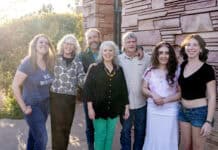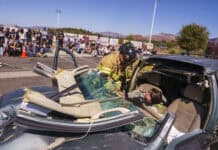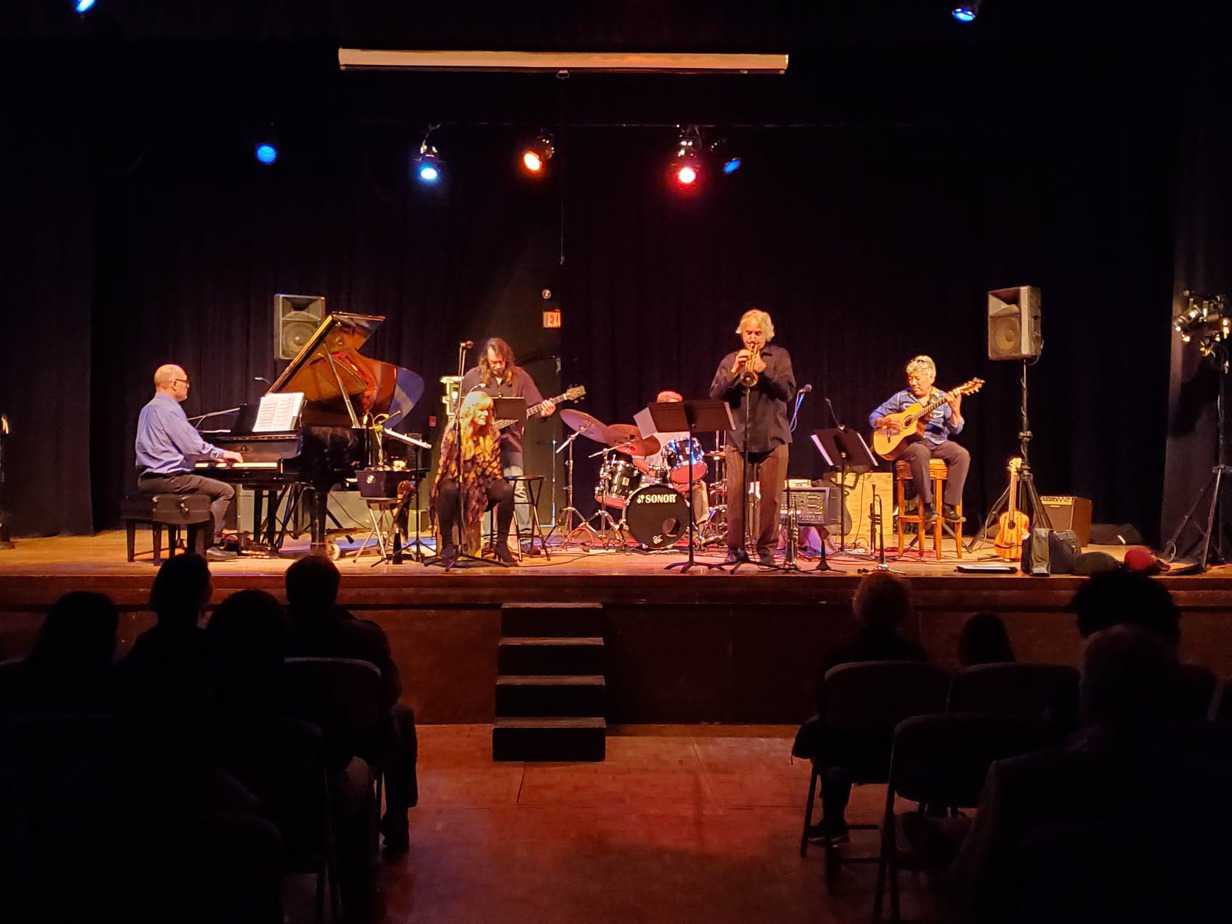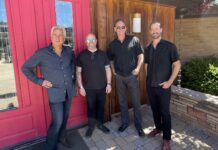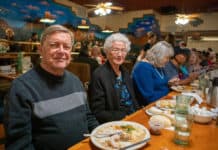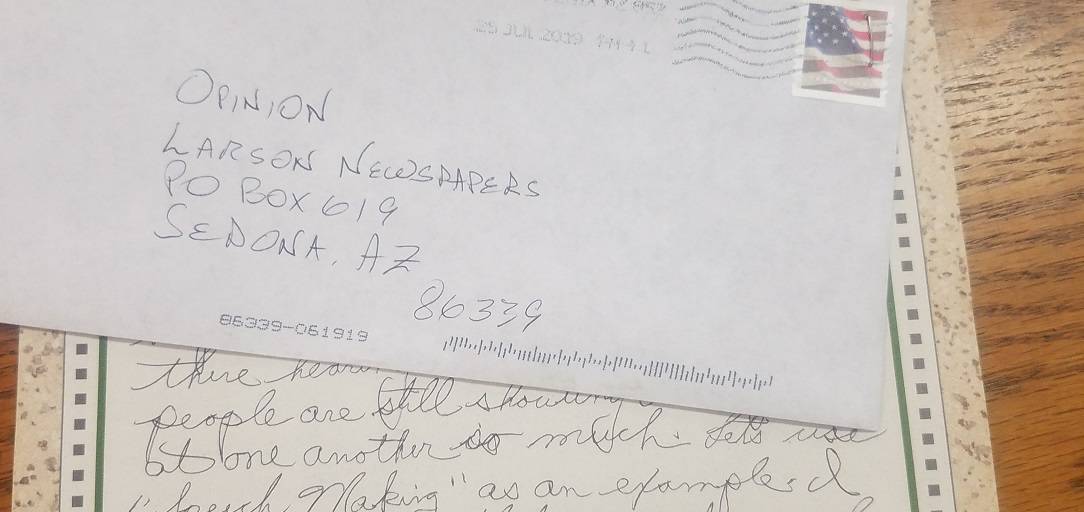On May 26, myself and five other of Sedona’s jazz musicians came together at Verde Valley School to present a concert of original music.
Thanks to the skill and professionalism of Sedona’s talented jazz performers, our set of improvised jazz was an enthusiastic success; when we finished, dozens of high school students crowded around the stage and around the performers, visibly excited, inspired by the collaborative art of jazz.
It was a wonderful sight and a wonderful night.
Before I moved to Sedona one year ago, I balanced careers as teacher and performer in San Francisco, teaching “Philosophy of Jazz” at the California Jazz Conservatory, “Survey of Jazz” at San Francisco State University and “History of American Music” at Sonoma State University.
I also worked as a freelance pianist and trumpeter, touring with Boz Scaggs and Rosemary Clooney until her death in 2002, as well as occasionally being asked to perform pops concerts with the San Francisco Symphony Orchestra.
I often worry that young people won’t appreciate jazz. Much of music consumed today is conceived on a computer, to be played by computers. Perhaps the jazz music that I love will seem too foreign to high school kids.
“Which one is a trumpet?” was not an uncommon question in my university course of non-music majors in Berkeley, Calif.
The commercial music I hear on the radio — or YouTube — today differs even from the pop music of my generation. Egocentrism and ethnocentrism can infect fair comparisons, however, I have heard others catego¬rize music using the words “high-information-content music” and “low-information-content music.”
What we performed May 26 leaned well toward the high-information spectrum. Why? Chord complexity, number of chords and complexity of form. We did this intentionally; I wanted the kids to see and hear professional players doing things only professional musicians can do.
Also, in jazz, it is the musical interaction of the musicians on stage that is the art; a jazz listener must take this in. This is what makes jazz not just a genre of music, but an original art form, indeed.
So then, why did these young minds embrace this relatively complex jazz music, a music that some have little experience with?
I think I know why: We didn’t lose sight of expression of heart. Emotional connection is what makes music, and all art, valuable and important.
When Susannah Martin sang “Spring Can Really Hang You Up the Most,” a virtuosic and complex ballad, she possessed the musi¬cian chops to not break the spell throughout and also the human-ness to emotionally connect.
When the band performed Patrick Ki’s original composition “Gitan,” our young audience could feel Patrick’s roots in Hawaii and his genuine warmth.
Pianist Steve Sandner’s original composition, “Big Deal,” reflected the “aw-yeah” down-home sophistication of his native Chicago, effortlessly improvising in that language.
My original composition, “Madre Cancion,” which is a warm ode to Joan Scott, my mother and Sedona resident, allowed for bassist Troy Perkins to shine, blending a long descending chromatic bass line with a singing melody performed on flugelhorn.
The 21st century has brought new aesthetics, new technology and new music. I get a charge out of reaching a new genera¬tion through jazz.
Thanks to Verde Valley School, where I have been teaching music part-time, Meg Haesloop, Paul Amadio, Lauren and John Kelly, Andy Gill, John Sheedy and Bridget Broomfield.
Thanks also go to Sedona’s own unique and world-class jazz musicians Martin, Ki, Sandner, Perkins and Larry Kantor.
— Dave Len Scott
Special to Larson Newspapers


